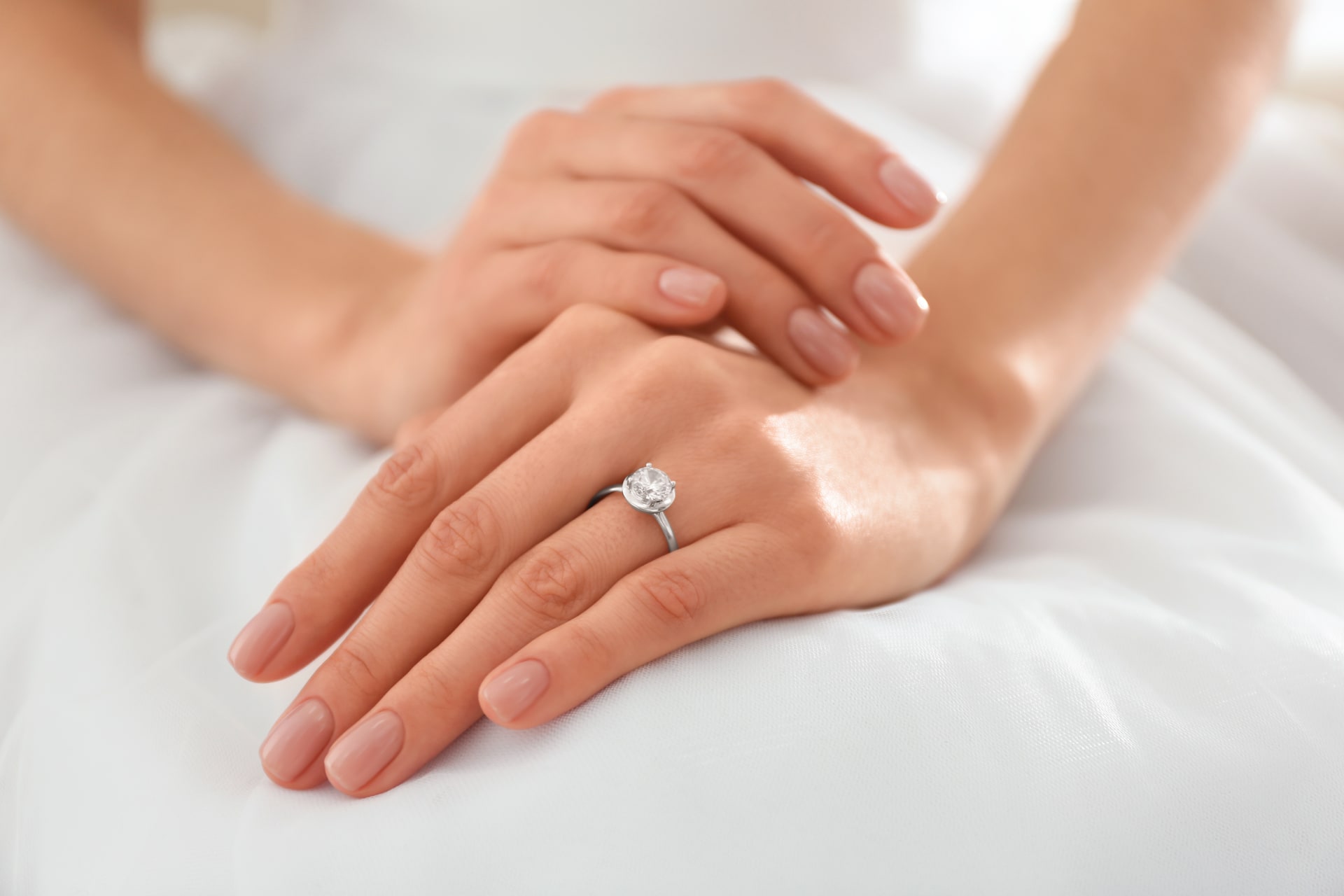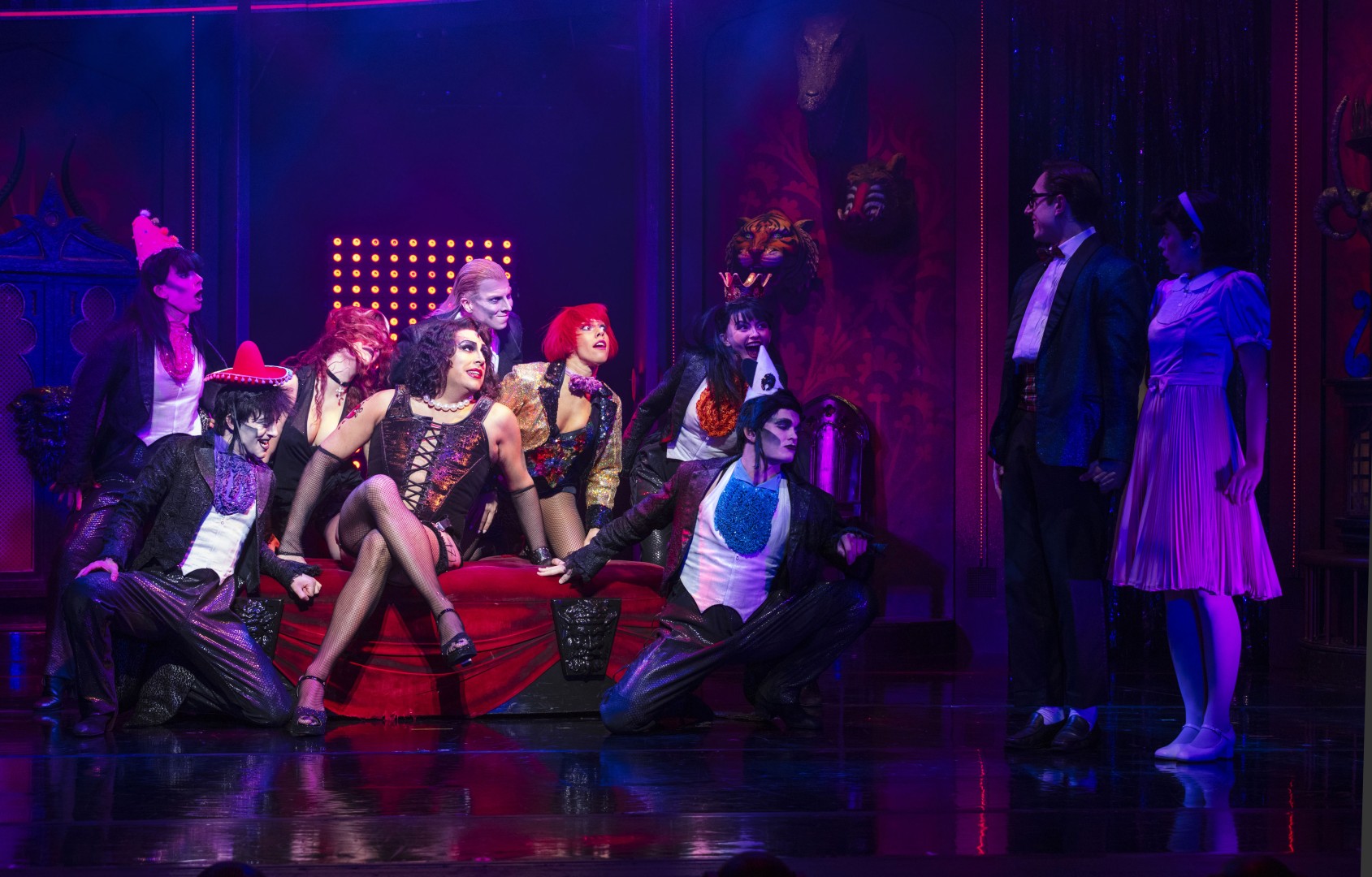A diamond ring has become a statement purchase: a display of commitment, usually presented as part of a proposal of marriage. They've come to be associated with love and purity – but how did this association come about?
Historical Evolution
The innate physical qualities of a diamond have long given them symbolic power. They're naturally extremely hard, which has meant that civilisations as remote as Ancient Greece came to associate them with toughness and strength. The Greeks called them 'adamas', which means 'invincible', and wore them into battle in the hope that some of those qualities would be imparted to the wearer.
Cultural Significance
The tradition of the engagement ring stems from Ancient Rome, where married women would wear rings attached to small keys, to symbolise their husband's ownership of their hands.
The first known engagement ring with a diamond embedded in it did not come about until much later. The Archduke Maximilian of Austria, in 1477, presented a diamond ring to his beloved, Mary of Burgundy. The relationship until that point had been a long-distance one, with Mary falling in love with Max because of his letters. After a time, Max decided to travel from Austria to Belgium to pop the question.
At the time, diamonds were not typically used in rings, and rings were not typically presented before a marriage. The story has a pretty sad ending: Mary was thrown from a horse five years into the marriage, and died. But the tradition the couple started outlives both of them.
Social Status and Wealth
It wasn't until the 20th century that the diamond ring came to be associated with wealth and social status. This came about thanks to photography, and the golden age of Hollywood shortly after the Second World War.
At the time, DeBeer's Diamond Corporation was reeling from the depression, which had caused its diamond output to plummet. It made the decision to link diamonds with engagement, and in 1947 unleashed one of the most powerful marketing slogans in history. "A diamond is forever" saw this particular kind of jewellery associated with an engagement. By the end of the century, four-fifths of American brides were wearing diamond engagement rings.
De Beers initially suggested that men spend around a month's salary on an engagement ring. Then, in the 1980s, they upped this recommendation to two months' salary.
The copywriter initially responsible for the slogan, Mary Frances Gerety, made others fabulously wealthy. Her initial assignment was to encapsulate a feeling of security and romance in a few words. Given the cultural shift that those words set in motion, it's fair to say that she succeeded!








